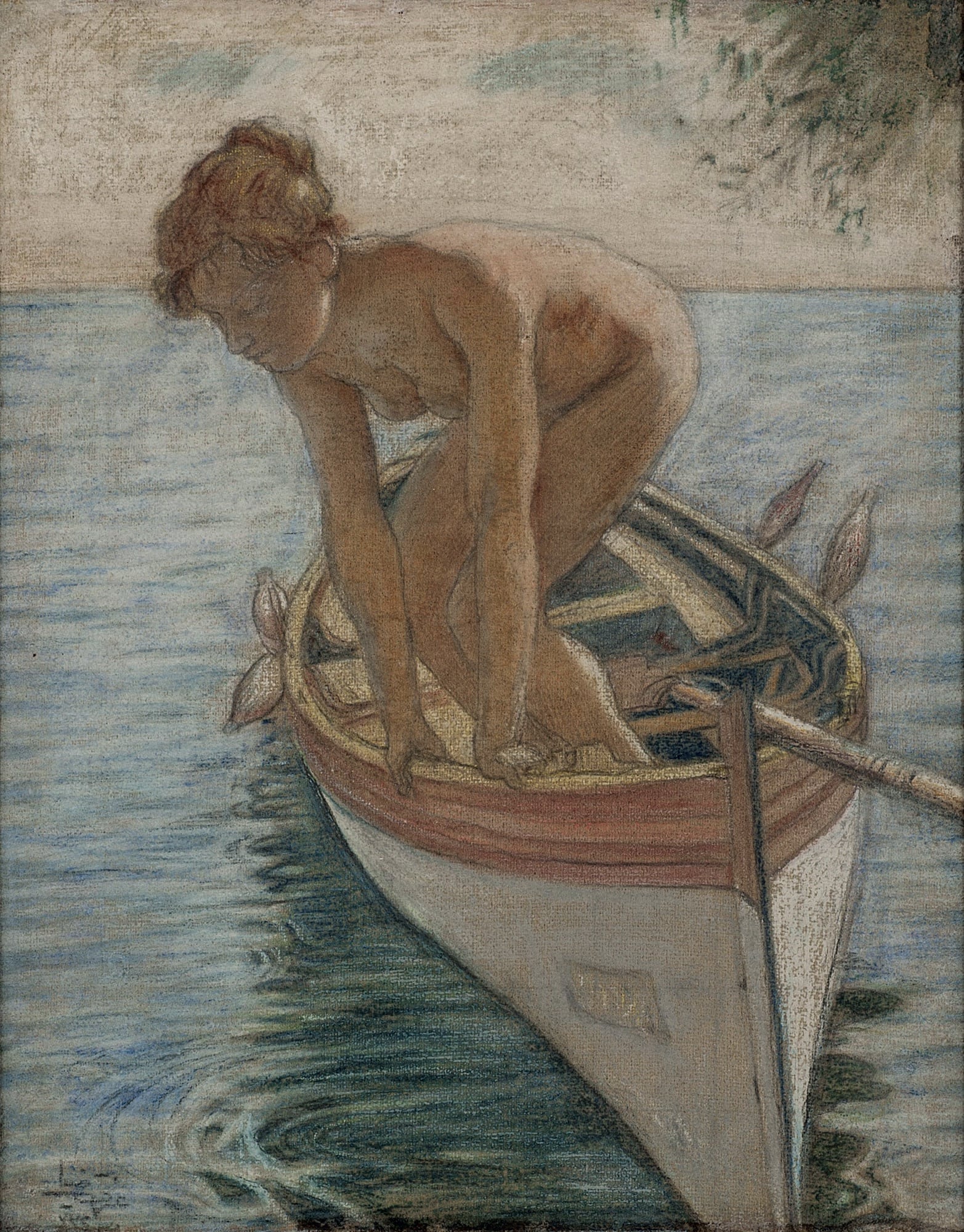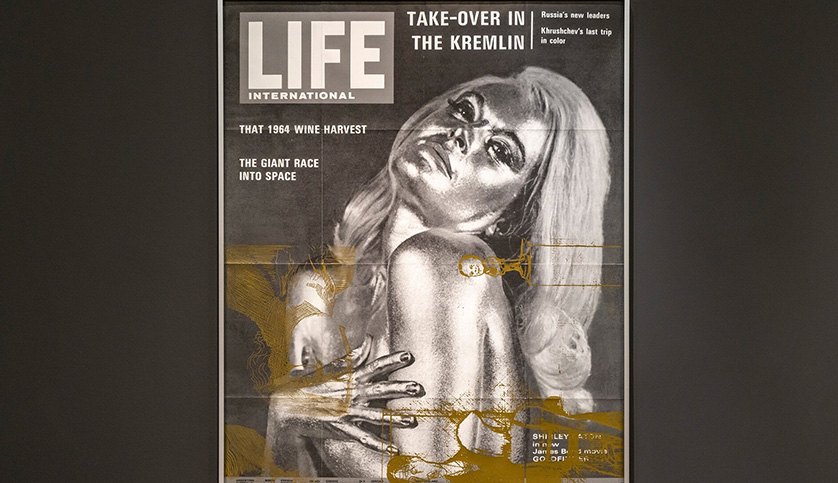Artist Talk
January 27, 2016
As part of the program “Music Embodied” parallel to the exhibition This is Not a Love Song: Video Art and Pop Music Crossovers, Pera Museum presents a series of talks about performance art and its interdisciplinary collaborations in collaboration with biriken. CANAN, an artist known for her works in various disciplines, talks about her practice at Pera Museum on Wednesday 27 October at 18:30. Her talk titled “The artist’s body as an instrument of struggle” focuses on her performances and where performance stands in her overall practice. She discusses the idea of artist staging herself, and the relationship between feminism and performance art.
About CANAN
CANAN graduated from Marmara University, Fine Arts Faculty. She has participated in residency programs in Istanbul, USA and Germany. Her solo exhibitions include the “I Beg You Please Do Not Speak To Me Of Love”, Siyah Beyaz Gallery, Ankara (2014); “Turkish Delight” (2012) and “Even a Cat Has a Mustache” (2010) at Gallery X-ist, Istanbul. “Segregate”, KIBLA Multimedia Center, Maribor (2010); “Bahname”, Masa Project, Istanbul (2007); “Behind the Curtains”, Festival De Rode, Amsterdam (2006); and “...finally you are in me”, Istanbul (2000) among others. CANAN lives and works in Istanbul.
Free of admissions, drop in.
This event will take place in the auditorium.
The talk will be in Turkish.

in collaboration

Martín Zapater y Clavería, born in Zaragoza on November 12th 1747, came from a family of modest merchants and was taken in to live with a well-to-do aunt, Juana Faguás, and her daughter, Joaquina de Alduy. He studied with Goya in the Escuelas Pías school in Zaragoza from 1752 to 1757 and a friendship arose between them which was to last until the death of Zapater in 1803.

Men were the first nudes in Turkish painting. The majority of these paintings were academic studies executed in oil paint; they were part of the education of artists that had finally attained the opportunity to work from the live model. The gender of the models constituted an obstacle in the way of characterizing these paintings as ‘nudes’.

Inspired by the exhibition And Now the Good News, which focusing on the relationship between mass media and art, we prepared horoscope readings based on the chapters of the exhibition. Using the popular astrological language inspired by the effects of the movements of celestial bodies on people, these readings with references to the works in the exhibition make fictional future predictions inspired by the horoscope columns that we read in the newspapers with the desire to receive good news about our day.
Tuesday - Saturday 10:00 - 19:00
Friday 10:00 - 22:00
Sunday 12:00 - 18:00
The museum is closed on Mondays.
On Wednesdays, the students can
visit the museum free of admission.
Full ticket: 300 TL
Discounted: 150 TL
Groups: 200 TL (minimum 10 people)